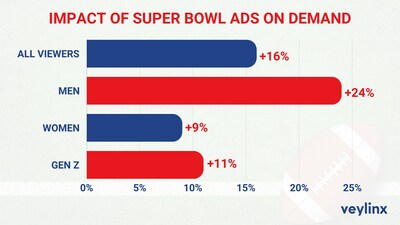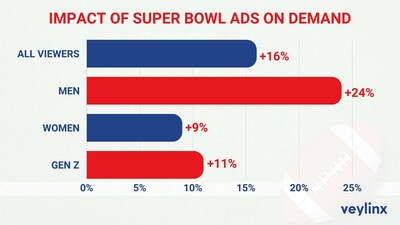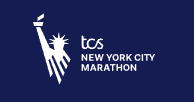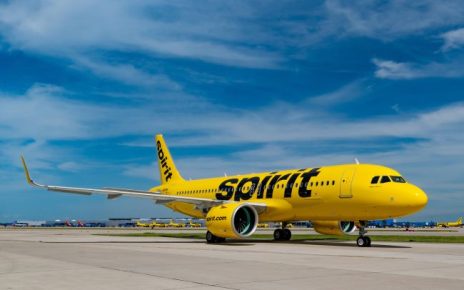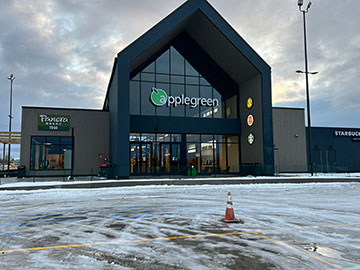NEW YORK — Spending $7 million on a 30-second ad during the Super Bowl apparently works according to a new study. Behavioral research firm Veylinx performed a study to see whether Super Bowl commercials boost consumer demand for the products advertised. The results show that 2024 Super Bowl advertising fueled a massive 16.4% increase in overall product demand among viewers, with Doritos Dinamita, Michelob Ultra and e.l.f. Halo Glow Liquid Filter outperforming the other brands tested.
This is the second year Veylinx conducted the study, which has consistently shown Super Bowl commercials do impact consumer purchase behavior. The overall increase in consumer demand this year was driven by men: their demand for the products advertised increased by 24%, while demand from women rose by 9%.
The Taylor Swift effect could be responsible for the increase in overall demand among Gen Z viewers. This year, Gen Z’s demand for products advertised increased by 11% (last year, demand actually shrank among this age group), with 22% of Gen Z reporting that this was their first time watching the Super Bowl. The top performing commercials among Gen Z were Doritos Dinamita, Dove and e.l.f. Halo Glow Liquid Filter.
Using Veylinx’s proprietary methodology—which measures actual demand rather than intent—the study tested purchase behavior during the week before the Super Bowl and again after. The research focused on measuring the change in consumer demand for eight brands with Super Bowl ads: Michelob Ultra, Hellmann’s Mayo, Pringles, e.l.f. Halo Glow Liquid Filter, Reese’s Peanut Butter Cups, Dove, Doritos Dinamita and Mtn Dew Baja Blast.
There was also a halo effect among some brands in the same product categories as Super Bowl advertisers. Overall, the control group of non-advertisers experienced a 0.5% decrease in demand. However, Lays STAX, Kit Kat, NIVEA Body Wash, and Mtn. Dew Original all enjoyed increased demand—potentially benefiting from the greater exposure for their product categories during the game.
Study participants also answered a series of follow-up questions about their motivations and behavior. The most popular reason given for watching the Super Bowl was the game itself (54% of participants), followed by pregame and halftime entertainment (19%), the commercials (14%), the social aspect (5%) and a desire to see Taylor Swift (5%). Among all age groups, 14% of people said this was the first Super Bowl they had ever watched. While 7% said they drank too much during the celebration, 56% said they didn’t drink any alcohol at all during the Super Bowl. A quarter of Americans said they ate too much food during the game.
CBS said a record number of Americans, over 123 million, watched the Kansas City Chiefs outlast the San Francisco 49ers in overtime Sunday.
